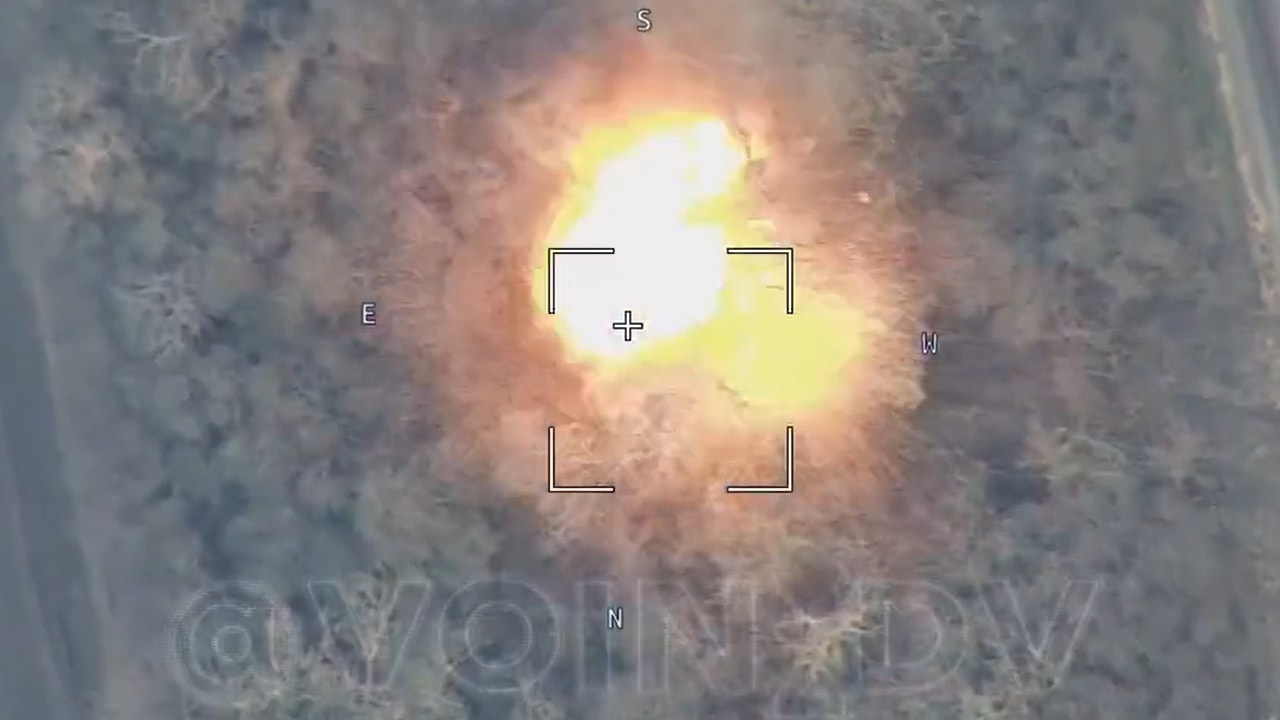For months now, the Ukrainian military has been preparing to launch a large-scale counteroffensive that could change the trajectory of the war.
On their end, Russian forces haven’t just been watching and waiting. Over the past few months, the Russian military has constructed one of the most extensive fortifications in the world in the hopes that it would stop the attacking Ukrainian forces.
Russian Fortifications
Starting in the summer of 2022, the Russian forces have constructed some of the “most extensive systems of military defensive works seen anywhere in the world for many decades,” the British Military Intelligence assessed in its latest estimate of the war.
“The defences highlight Russian leaders’ deep concern that Ukraine could achieve a major breakthrough,” the British Military Intelligence added.
If the Ukrainian military manages to achieve an operational breakthrough in its upcoming counteroffensive, the Kremlin will be in a very difficult position. Russian President Vladimir Putin and his government have portrayed the annexation of Ukrainian territory in the south and east as a major victory for Russian arms. A successful Ukrainian counteroffensive would destroy that narrative.
The Russian fortifications are aimed at stopping or stalling a large-scale mechanized assault. As such, they are mainly comprised of anti-tank obstacles, minefields, trenches, and hardened firing positions. For months now the Kremlin has been using contract labor to work on the fortifications, thus avoiding using precious combat troops in the task.
Although the Russian defensive works are extensive, Moscow will need more to stop a large-scale combined arms counteroffensive. Indeed, anti-tank obstacles and trenches can be captured if they aren’t defended by well-trained and adequately equipped troops. That is something that should concern Moscow as the recent large-scale offensive has depleted its formations as well as its ammunition stocks.
Southern Ukraine, Crimea, and the East
Russian forces have focused their fortifications in the south and east, which the Russian military leadership sees as the most likely targets for the large-scale Ukrainian counteroffensive.
In the south, the Russian forces have focused specifically on the eastern bank of the Dnipro River in Kherson province and in the northern parts of Zaporizhzhia province. They have also fortified the northern parts of the Crimean Peninsula, particularly near the village of Medvedevka, where they have created a “mutli-layered defensive zone,” according to the British Military Intelligence.
In the east, the Russian forces have mainly constructed fortifications near the Svatove-Kreminna line of contact in the Kharkiv province. However, they have also created extensive defensive positions within Russia’s borders.
Indeed, the Russian military has constructed fortifications in the Belgorod and Kursk provinces that border Ukraine. This measure shows the paranoia within Russia.
“Some works have likely been ordered by local commanders and civil leaders in attempts to promote the official narrative that Russia is ‘threatened’ by Ukraine and NATO,” the British Military Intelligence added.
One of the ways the Kremlin is trying to justify its aggression in Ukraine is to claim that Russia is under threat from NATO—which is an inherently defensive organization.
MORE: The F-35 Now Comes in Beast Mode
MORE: Why the U.S. Navy Tried to Sink Their Own Aircraft Carrier
A 19FortyFive Defense and National Security Columnist, Stavros Atlamazoglou is a seasoned defense journalist specializing in special operations, a Hellenic Army veteran (national service with the 575th Marine Battalion and Army HQ), and a Johns Hopkins University graduate. His work has been featured in Business Insider, Sandboxx, and SOFREP.

